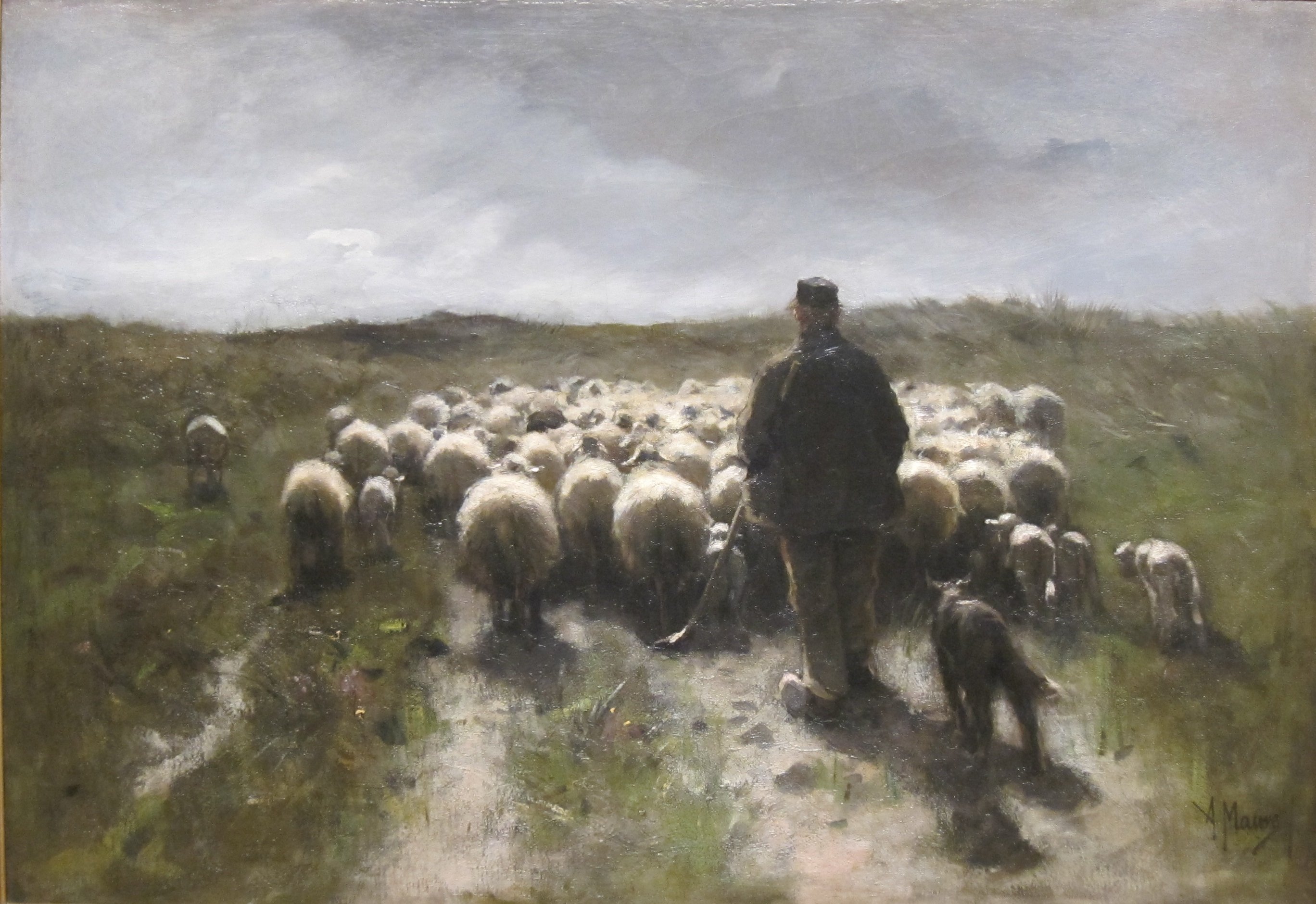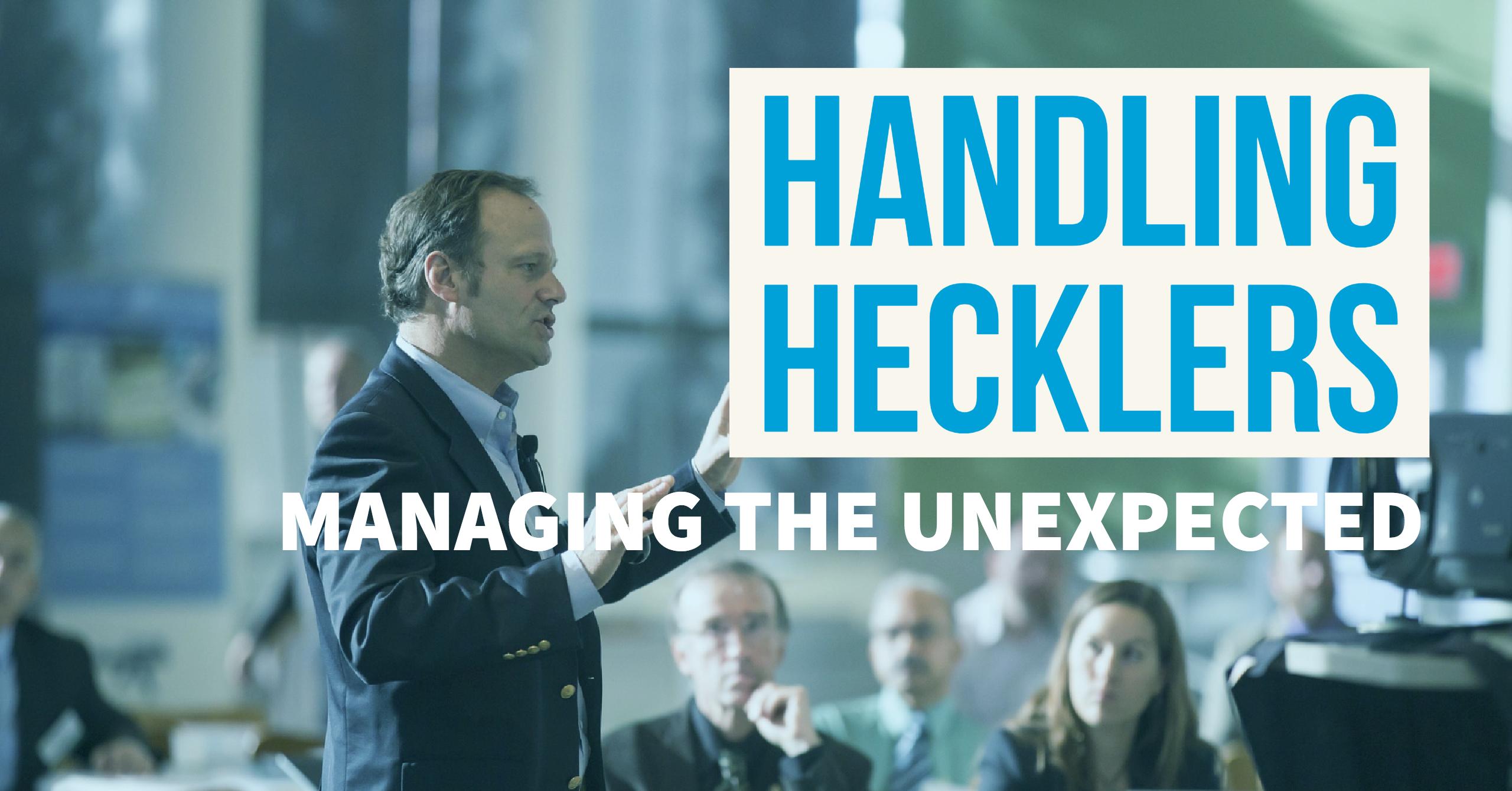
With the American primaries heating up there has been a fair bit of coverage and discussion on women’s voting patterns and in particular, Hilary Clinton’s popularity with women voters. Initially I was surprised to learn that Bernie Sanders was gaining traction with young women. Really, a seventy-four year old man could better represent women than a… wait a minute, sixty-eight year old woman.
The truth is, it’s a bit of a stretch that either of them really understand how young women think. It’s also a bit of a stretch to tell them how they should vote, period. If we older women really want to establish that women have the right to make their own choices, then we have to reconsider telling women, young or old how they should do anything, including vote. That we would tell them they should vote for someone based on nothing more than their gender is even more ridiculous.
I was a little embarrassed for feminists this week. When 78 year old Madeleine Albright and 81 year old Gloria Steinem weighed into the American political debate they made me cringe. They didn’t come across as particularly wise and they certainly didn’t seem to think that young women could think for themselves. I’ve always considered myself a feminists, but it seems my definition differs from these women in some significant ways.
For me, it meant that despite the fact that I was a young black woman, I could be a political assistant, not secretary, on Parliament Hill. It was that same thinking that lead me to believe that I could be an equally effective lobbyist for national and international corporations a few years later. The fact that I was often the only woman in the room, not to mention the only black person, never phased me. I knew as much or more about how government worked and I could strategize with the best of them. It never took long for them to stop wondering why I was in charge of their lobbying efforts. Amazing what happens when you are a strong, self-confident woman.
Being a feminists has always meant to me, that I had the right to pursue whatever dreams, positions or electoral preferences I had. It’s a pity if that that definition has changed and small wonder that young women today have a hard time associating themselves with the concept of feminism.
Soon enough the furor over the poorly stated comments of Albright and Steinem will die down and Americans will be back to considering their options based on the quality of the candidate rather than their sex. If nothing else, I and the rest of the world can only hope that when the time comes, whoever the democrats choose, they won’t be facing Donald Trump, because he is far more of a threat to women, minorities and religious freedom than either Bernie or Hilary.







